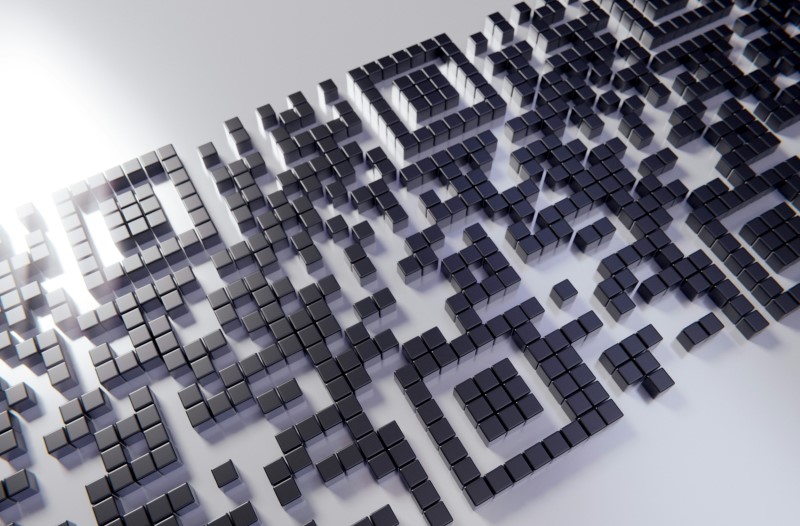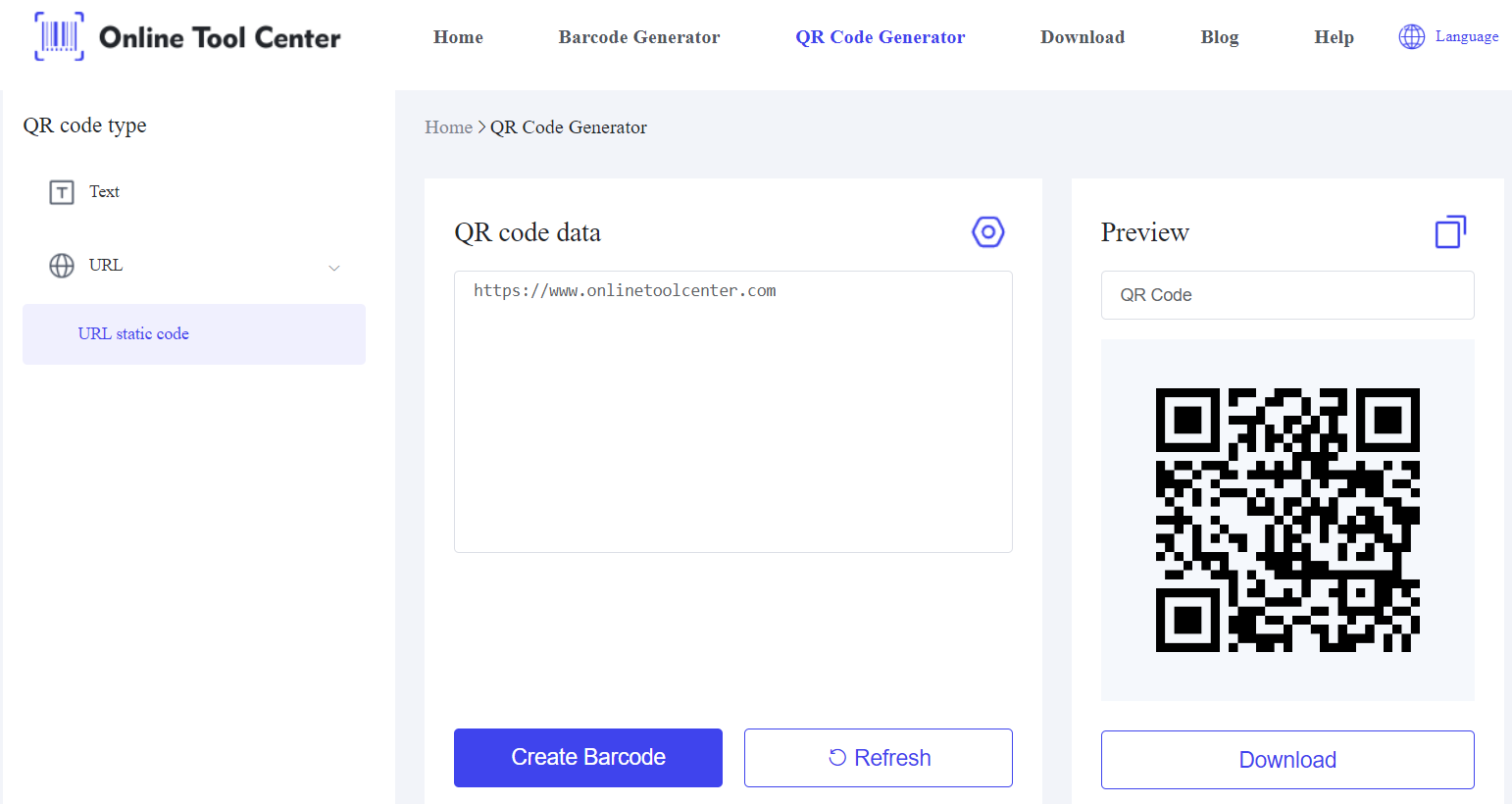From product packaging to outdoor billboards, these versatile codes are being scanned by millions of devices every day. But what happens when you need to create a large QR code?
How does size impact the functionality of a QR code? In this article, we'll explore the largest QR code ever created, how QR code size affects scannability, and best practices for generating readable codes.
What is the Largest QR Code Ever Created?
The largest QR code ever recorded was built in 2019 by a farmer in Alberta, Canada. Spanning an impressive 29,000 square meters, the code was created using crops as its pattern, making it visible from the air.
This record-breaking feat demonstrates just how scalable QR codes can be when the right design principles are followed.
However, larger QR codes present unique challenges. For instance, the resolution, contrast, and precision of the printed (or in this case, planted) modules are critical to ensure that scanning devices can correctly interpret the code.
In the case of this large-scale QR code, drones were used to scan it, proving that size is not a limitation for scannability, provided the code is designed correctly.

How Large Does a QR Code Need to Be?
The size of a QR code greatly impacts its usability. A code that's too small may be difficult or impossible to scan, while one that's too large could lose resolution or become distorted. So, how large should a QR code be to ensure it works effectively?
Here are some size guidelines based on typical use cases:
● Business cards or small labels: For close-up scanning, a QR code can be as small as 1 x 1 cm (0.4 x 0.4 inches). These small QR codes can work well when printed with high precision, but users need to be quite close (within 20 cm) to scan them.
● Posters and flyers: A code printed on a medium-sized poster for casual scanning should be at least 3 x 3 cm (1.2 x 1.2 inches) to be comfortably scanned from about 1 meter away.
● Billboards or large displays: A QR code placed on a billboard will typically need to be at least 30 x 30 cm (12 x 12 inches) or larger, depending on the scanning distance.
For outdoor billboards, it's recommended to scale the QR code so that it's 10% of the billboard's height for easy scanning from afar.
These recommendations are rough estimates. The key is to test your QR code at its final size and intended scanning distance.
Why Does QR Code Size Matter?
QR codes work by encoding data into a grid of black and white squares (modules).
The number of squares corresponds to the amount of data encoded and the QR code's version, which ranges from Version 1 (21x21 modules) to Version 40 (177x177 modules). The more data you want to store, the more complex and larger the grid of squares becomes.
Here's why size is so important:
1. Resolution: If a QR code is printed too small, the individual squares may blur together, causing scanning errors. For high accuracy, your QR code should be printed with a high dots-per-inch (DPI) resolution, typically 300 DPI for print media. This ensures each module is distinct and scannable.
2. Scanning Distance: As the distance between the user and the QR code increases, the size of the code must also increase. A code that's readable at a short distance (e.g., on a flyer) will be too small to scan from across the room. Similarly, a QR code on a billboard needs to be large enough to scan from hundreds of feet away.
3. Contrast: The black-and-white contrast between modules is crucial. Even the largest QR code will fail if the color contrast is poor. Always use high contrast, with dark modules on a light background, to ensure readability.
4. Complexity: The more data you encode into the QR code, the denser and more complex it becomes. Complex codes with lots of data require larger sizes to avoid scanning issues.
How to Generate a Big QR Code?
If you're looking to create a large QR code, here are some steps to ensure your code is readable and functional:
1. Select the Appropriate Version: Higher QR code versions (e.g., Version 10 and above) can store more data but require larger printing sizes for the modules to be scannable. Choose the version based on the data you need to encode.
2. Optimize for Contrast: Ensure your QR code uses dark modules on a light background. Avoid colors that blend, as this can hinder scanning.
3. Test at Actual Size: Print or display your QR code at its final size and test it with multiple devices. Be sure to check from different angles and distances to ensure it's easily scannable.
4. Use a QR Code Generator: To ensure that the modules of your code are crisp and clear, use a QR code generator that supports high-resolution outputs. A poor-quality generator can lead to blurry or unscannable codes, especially when printed in large formats.

3 Examples of the Largest QR Codes
1. Calgary Stampede, QR Code Made of Hay Bales (2012)
At the 2012 Calgary Stampede, another Canadian city set a record by building a giant hay bale QR code that covered approximately 8,000 square meters.
This QR code was built using over 1,200 hay bales and was fully scannable by air.
The code linked to the Calgary Stampede website, where visitors could access information about the event. It was a significant promotional effort and attracted attention for its size and ingenuity.
2. BMW QR Code in China (2021)
In 2021, BMW created one of the biggest QR codes ever, displayed at the Harbin International Ice and Snow Sculpture Festival in China.
The company used a projection system to display a QR code on a huge snow wall, stretching more than 40 meters across. This allowed attendees to scan the code with their smartphones to learn more about BMW's new product line.
It was a high-tech way to engage festival visitors in a unique environment.
3. Largest Human QR Code, Dubai (2017)
Dubai set a different kind of record in 2017 by creating the largest human QR code. Over 2,500 people gathered to form the QR code, which stretched across 400 square meters.
Once everyone was in position, the QR code was scannable and directed users to a campaign promoting blood donation awareness. This event combined a social cause with a creative approach to QR code design, showcasing how humans could come together to form a functional code.
In essence, the world of QR codes offers endless possibilities for innovation, as demonstrated by the creation of the largest QR code ever made. Whether you're printing a small code on a business card or designing a large QR code for a billboard, understanding how large a QR code needs to be is crucial for success.
To create a QR code, use a free QR code generator, which allows you to customize your code size and test its readability. Whether you're designing for small spaces or large formats, getting the size right will ensure that your QR code is both functional and user-friendly.




